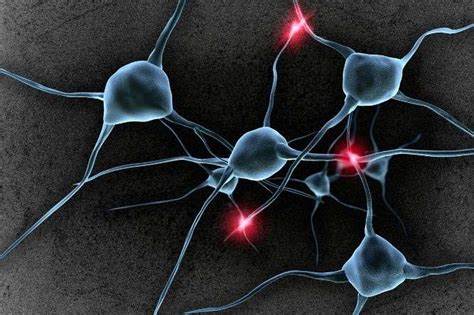A sense of time is fundamental to how we understand, recall, and interact with the world. From holding a conversation to driving a car, we constantly calculate how long things take, a complex but largely unconscious process. Researchers at university of Utah Health have now found that in mice, a specific population of “time cells” is essential for learning complex behaviors where timing is critical. These findings, published in Nature Neuroscience, could have significant implications for early detection of neurodegenerative diseases like Alzheimer’s.

Discovering the Function of Time Cells
Time cells, located in the medial entorhinal cortex (MEC) of the brain, fire in sequence to map out short periods of time, much like the second hand of a clock. However, these cells do more than just track time. As animals learn to distinguish between differently timed events, the pattern of time cell activity changes to represent each event pattern differently. This discovery was made through a study where researchers combined a time-based learning task with advanced brain imaging to observe how patterns of time cell activity became more complex as the mice learned.
In the experiment, mice had to learn to distinguish between patterns of an odor stimulus with variable timing to receive a reward. Initially, time cells responded the same way to every pattern of odor stimulus. However, as the mice learned the differently timed patterns, their time cells developed distinct activity patterns for each set of events. A study reveals that ‘time cells’ in the brain are essential for complex learning. Interestingly, during trials where the mice made mistakes, their time cells often fired in the wrong order, indicating that the correct sequence of time cell activity is crucial for performing time-based tasks. Hyunwoo Lee, PhD, postdoctoral fellow and co-first author of the study, noted, “Time cells are supposed to be active at specific moments during the trial, but when the mice made mistakes, that selective activity became messy.”
Implications for Understanding and Detecting Neurodegenerative Diseases
Surprisingly, time cells do more than merely track time. When researchers temporarily blocked the activity of the MEC, mice could still perceive and anticipate the timing of events but couldn’t learn complex time-related tasks from scratch. Erin Bigus, graduate research assistant and co-first author of the study, explained, “The MEC isn’t acting like a simple stopwatch. Its role seems to be in learning these more complex temporal relationships.”
Prior research has shown that the MEC is also involved in learning spatial information and building “mental maps.” The new study found that patterns of brain activity during time-based tasks showed similarities to those involved in spatial learning, suggesting that the brain might process space and time in fundamentally similar ways. James Heys, PhD, assistant professor and senior author of the study, proposed, “We believe that the entorhinal cortex might serve a dual purpose, acting both as an odometer to track distance and as a clock to track elapsed time.” A study reveals that ‘time cells’ in the brain are essential for complex learning. Learning how the brain processes time could ultimately aid in the early detection of neurodegenerative diseases like Alzheimer’s. Since the MEC is one of the first brain areas affected by Alzheimer’s, complex timing tasks might serve as a way to catch the disease early. The research was supported by the Whitehall Foundation, Brain and Behavior Research Foundation, the National Institutes of Health, and the National Science Foundation.
Harnessing Time Cells for Enhanced Learning and Early Disease Detection
The study revealing the essential role of time cells in the brain opens up new avenues for understanding complex learning processes. These neurons, which help us track the passage of time, are fundamental to how we process and retain sequential information. Their discovery not only sheds light on the intricate workings of our brain but also holds promise for advancements in education and early detection of neurodegenerative diseases like Alzheimer’s. By leveraging the insights gained from studying time cells, we can develop more effective educational strategies and therapeutic interventions, ultimately enhancing our ability to learn and retain complex information.
For further information, visit: https://www.slashgear.com/1583425/innovative-new-technologies-nasa-is-exploring/?zsource=msnsyndicated
Read our previous articles: https://scitechupdate.com/index.php/researchers-develop-biocomputer-by-linking-16-brain-like-structures-grown-from-human-cells/
Breakthrough Material: NASA’s GRX-810 Could Change Everything (scitechupdate.com)
First 5G-enabled Surgery performed by Doctor (scitechupdate.com)
Hitchhiking Aliens: New Research into Panspermia (scitechupdate.com)
Two new COVID variants, called ‘FLiRT’ in the United States (scitechupdate.com)
Sex and Gender Studies: Unlocking Equality and Social Justice (scitechupdate.com)
https://scitechupdate.com/index.php/israel-advances-cancer-treatment-with-genomic-profiling/https://scitechupdate.com/index.php/stomach-cancer-causes-signs-and-treatment/







